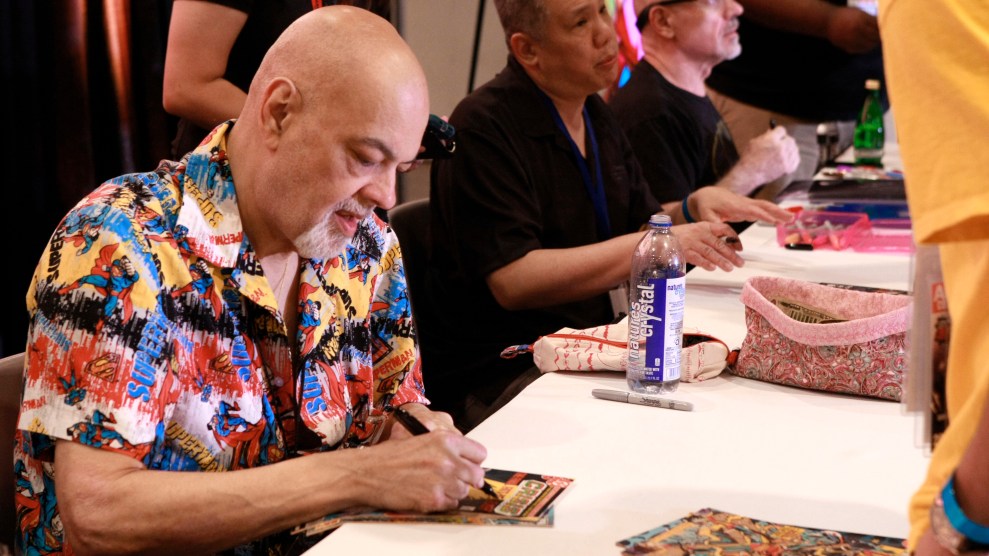Each Friday, we bring you a piece from our archives to help propel you into the weekend.
Hi, you may have learned about the stock market this week. Why? Because hedge funds held short positions on GameStop, and retail traders noticed it, organized online, boosted the stock, then short-squeezed it. (Still confused? Go here.) In the aftermath—not that it’s really over!—a few discussions have bubbled up beyond this GameStop-infused moment. One idea floating around is to tax financial transactions as we used to do in the United States from 1914 to 1965.
That tax was also mentioned in the pages of Mother Jones—as our own CEO, Monika Bauerlein, pointed me to—back in 2013, in a piece on the post–Lehman Brothers economy and the growth of high-frequency trading. You can read the piece here. It chronicles the increase of trades made within seconds through algorithms.
There is an eerie post-recession feel to the fears of mass financialization in this one. Wall Street then, as now, was remote from real value unless it is crashing—then it could ruin your life. The potential of “quants” and math wizards making something so complex that it ends up being stupid is, it seems, high; greed reigns supreme. I’ll leave the analogies to you for our current moment. Take old data with a grain of salt. Here is the actual proposal for a tax on financial transactions from the piece so you know it really is possible to, at the very least, conceive of:
In a more far-reaching proposal, Rep. Peter DeFazio (D-Ore.) and Sen. Tom Harkin (D-Iowa) have proposed levying a financial-transactions tax—they suggest 0.03 percent—on each trade, as a way of discouraging churn and raising revenue. (The United States had such a tax until 1966.) Economists, activists, and even some finance big shots—Warren Buffett among them—have endorsed the idea. “Even at the modest level we’ve proposed, [the tax] would raise $35 billion a year, which would either be used to defray the deficit or be used for job-creating investments by the government,” DeFazio told me. Eleven European Union countries (though not the United Kingdom) are pressing ahead with the idea—and they’ve talked about a tax as high as 0.1 percent. Wall Street lobbyists have pushed back against both speed limits and bringing back the transaction tax.













